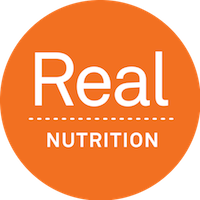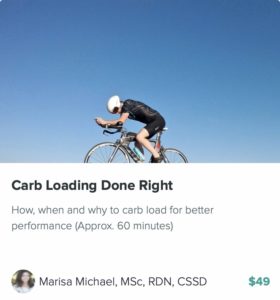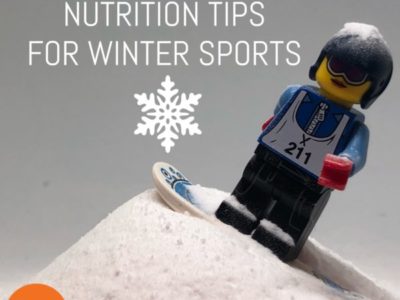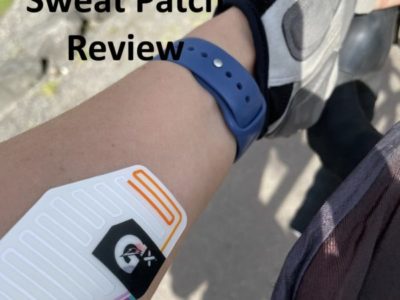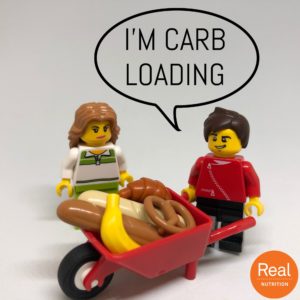
Carb loading–you’ve heard of it, but what is it? When should you do it? How do you do it?
Carb loading is more than just eating a plateload of spaghetti the night before a 10K. There are reasons you would want to carb load, and a specific way to do it.
If you’ve ever bonked during a race, you know you don’t want that feeling again. After my first half Ironman, I felt completely wasted. I was nauseated, could hardly move, was weak and shaky. I had bonked. Other signs include disorientation and confusion, which means you need to seek medical help.
What is carb loading?
Carb loading is a method of eating foods with carbs to load your liver and muscles with something called glycogen– which is a storage form of sugar your body uses during exercise. Glycogen is fuel for your muscles. One of the main causes of fatigue (AKA bonking or hitting the wall) is glycogen depletion. If your glycogen storage is optimized, you have about 90-120 hours (or around 1400-2000 calories) of glycogen on board, ready to fuel your workout or race.
What happens if you have a longer event? You eat carbohydrates throughout the event, and you can also carb load. This is like putting a bit of extra fuel in your body, so you could go longer than normal without bonking. Even with a good carb loading plan, you may still need to take in fuel during the race, depending on how long it is and how well your body responds to carb loading. Carb loading can extend the time you feel fatigued by about 20% and improves endurance performance.
When should you carb load?
Carbohydrate loading can be useful in situations where you are going to train or race for longer than about 2 hours. Events such as a marathon, ultramarathon, triathlon, Ironman, half-iron distance triathlons are good examples. You might not necessarily need to carb load for races like a half-marathon, or if your event is a lower intensity, such as all-day hiking.
How do you carb load?
Protocols vary, but a general method goes like this:
- 2 days before your event: Eat a high-carbohydrate diet of about 10-12g/kg of carbs. (1 pound is 2.2 kg). So if you weight 150 pounds, 150/2.2 = 68 kg. 68kg x 10-12= 680-816 g carbs per day. So you need to eat 680-816 g carbs per day for 2 days! That’s a lot of carbs!
- Rest or only do light stretches. It’s taper week! If you work out or do a training session during these days leading up to the event, you will use up glycogen stores that you are trying to stock up on. This is counter-productive.
- The day before your event, eat lower fiber foods to ease digestion and make sure your stomach and gut is ready for race day. No new foods! Eat only what you know you can tolerate. Eat foods that agree with your stomach.
- Race day! Go into the race with a good fueling and hydration plan that you’ve practiced over the course of your training. Crush it!
What foods are good for carb loading?
- Anything made with grains: Rice, pasta, cereal, oatmeal, bread, etc.
- Fruit and fruit juice
- Starchy vegetables:Potatoes, sweet potatoes, corn, peas, etc.
- Beans, lentils, legumes
- Milk and yogurt
- Sweets and desserts (consume in moderation–these aren’t high in beneficial nutrients, but can be great for a day or two before your race)
Want to learn more? Crush your racing goals with our on-demand course on how to carb load the right way!
You might also like our Endurance Fueling masterclass.
Check out our amazing nutrition resources, including on-demand courses, free downloads, and webinar replays.
- Nutrition for Climbers
- The Ultimate Guide to Useful Sports Supplements
- Ditch Diets and Become an Intuitive Eater
And be sure to follow us on Instagram!
